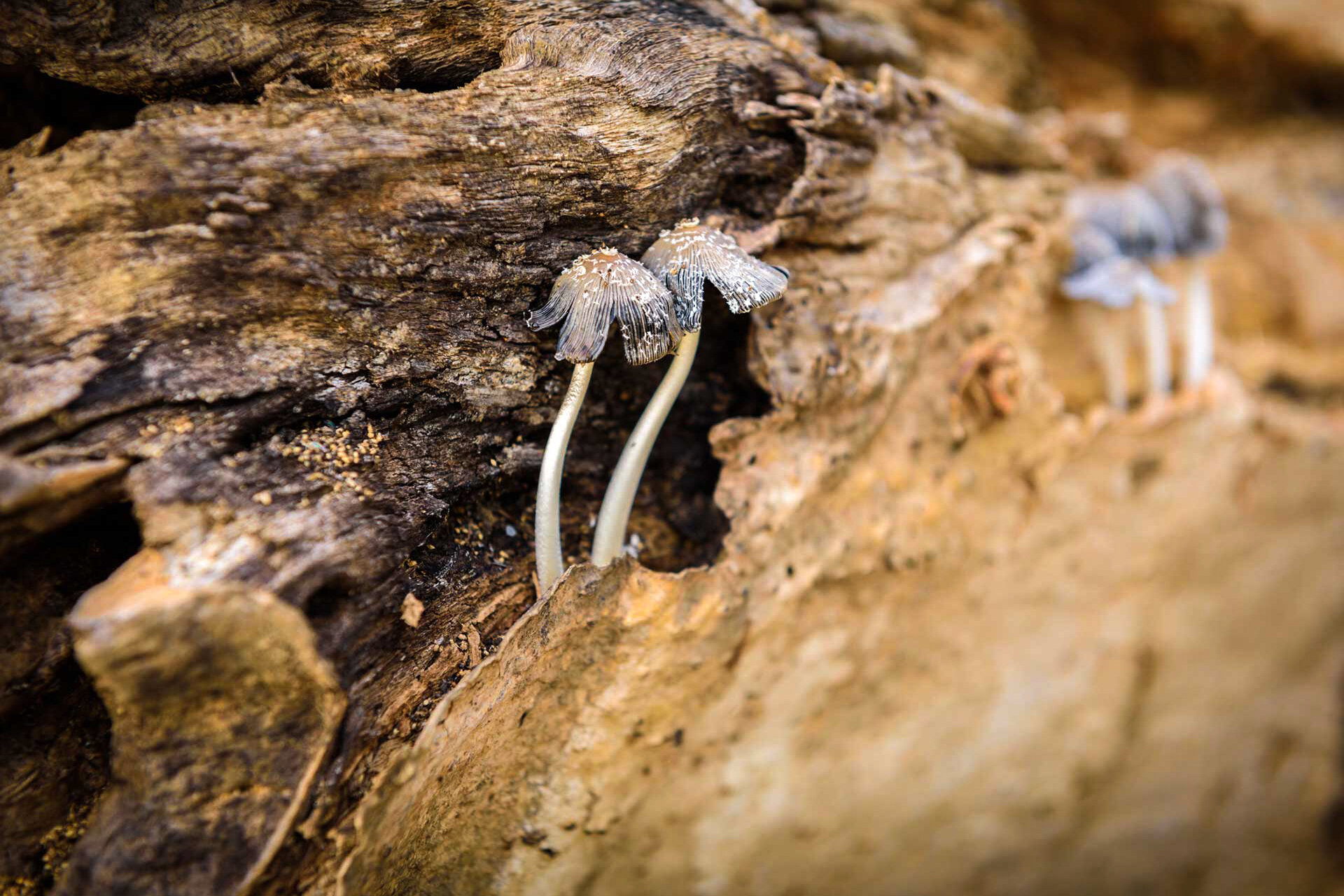
Your Tree Surgery Questions Answered
Do you want to know what coppicing is, how to prune a tree, or what a Tree Preservation Order is? We’ve answered your tree FAQs.
Are the trees in my garden protected?
If you live in a Conservation Area (CA) a protection order means that the Local Planning Authority (LPA) must be informed of any works to trees with a diameter over 75mm (with some exceptions). The LPA then has 6 weeks in which to place a Tree Preservation Order should they object to the proposals. Heavy fines can be incurred if this procedure is not followed.
What is the benefit of coppicing?
Removing the growth of a tree to a stump means that the tree will regenerate. Coppicing can be used to create vigorous regrowth but is only appropriate for certain species and ages of tree.
What is a tree crown lift?
The lowest branches on a tree are removed to raise the height of the lower canopy. This can increase light and improve views.
Is the deadwood in my tree dangerous?
Dead branches left on a tree will get weaker and fall off causing potential harm to people, your garden, roofs, garden furniture and pets. Deadwood can be left on site for wildlife to use.
What is tree dieback?
A disease which makes the ends of the branches die.
What is pollarding?
A pruning technique that begins on young trees, in which the tree crown is regularly cut back to bare branches to maintain a certain shape and height. Not suitable for all species.
What is pruning?
Pruning is the cutting away unwanted or damaged parts of a tree or plant.
How to remove a tree stump:
We remove tree stumps using a machine that grinds the stump away to allow re-turfing or replanting. A stump is often a lot bigger than you think due to root flare which is left once a tree is felled.
How strict are Tree Preservation Orders (TPO)?
Proposed works to a tree with a TPO must be submitted to the Local Planning Authority. They can take up to 8 weeks to reach a decision. There are some exemptions but heavy fines can be incurred if a TPO is ignored.